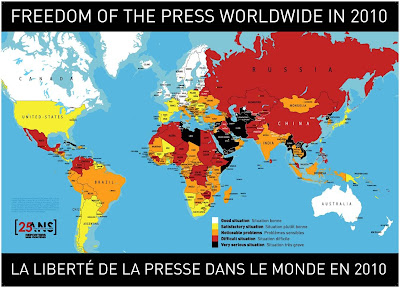PRR 2009
Performance Review Report
An Assessment of Air Traffic Management in Europe
during the Calendar Year 2009
European Organisation for the Safety of Air Navigation
EUROCONTROL, 96, rue de la Fusée, B-1130 Brussels, Belgium
Cuadro de los términos internacionales para expresar la productividad de los controladores aéreos.
ACC (Area Control Center) Responsible for the safe flow of traffic along airways (–> En-route) and in certain portions of terminal control areas (–> APP). Significant horizontal and vertical growth in the areas to be controlled requires subdivision into various sectors of activity, either geographically or according to altitude, depending on traffic density.
Air Traffic Controller (ATCO) Manages and monitors, from the airport of take-off to that of landing, all of the aircraft present in the portion of airspace for which he or she is responsible. Skyguide employs about 450 civil ATCOs and 90 military ATCOs. The profession of ATCO is open to both men and women.
‘Sector productivity: This is the ratio of the output, measured by the flight-hours controlled by the ACC, to (area control) sector-hours open. This indicator shows, on
average, how many aircraft are simultaneously in a sector for a given ACC. All else being equal, higher sector productivity will improve ATCO-hour productivity.
Staffing per sector: This is the ratio of ATCO-hours on duty to sector-hours open. This indicator shows, on average, how many ATCOs are used to man a sector. All else being equal, a reduction in the staffing per sector will increase ATCO-hour productivity.
ATCO-hour productivity can be more easily compared in an international benchmarking
environment. The average number of hours on duty is not a performance indicator per se and is mostly determined by the social bargaining and regulatory framework that prevails in each ANSP and State. Moreover, average hours on duty should be seen in the context of the employment costs’.
El coste del empleo por hora de control (ATCO).
El último dato es de 2008.
AENA tendría el coste más alto de Europa.
191 euros por hora de control.
La media es 99 euros.
Productividad = nº compuesto de horas de vuelo controladas / nº de horas de ATCOs in OPS (Composite flight-hours per ATCO-hour)
El índice que mide la productividad del control aéreo (ATCO-hour productivity)
AENA, bajo, según EUROCONTROL.
Coste del empleo por hora de vuelo.
AENA: 354 euros
Media: 127 euros
Relación de la productividad con el coste del empleo.
‘In terms of the cost base, Aena is the largest European ANSP,
with costs amounting to around 16% of the European total (for
a traffic representing 10% of the European total).
Over five years, its traffic has grown by +4% a year, but has
slightly declined in 2008. Over the period Aena experienced
the highest traffic growth among the five largest ANSPs
(+17%). Overall, the complexity of its traffic is intermediate.
Among the other four large ANSPs, Aena’s traffic shows
significantly less complexity’.
ATM Cost-Effectiveness (ACE)
2008 Benchmarking Report
Prepared by the Performance Review Unit (PRU)
with the ACEWorking Group
Junio de 2010
La Asociación Profesional de Controladores de Tránsito Aéreo no está de acuerdo con los datos de EUROCONTROL:
– ‘En primer lugar es importante destacar que estos estudios de Eurocontrol comparan proveedores de servicios de navegación aérea que en absoluto son homogéneos.
– Aena no ha seguido fielmente las directrices de EUROCONTROL (Performance Review Comission, PRC) en cuanto a la información facilitada para la elaboración de los informes comparativos, información que por otro lado no es objeto de auditoría alguna’.
Informe de APROCTA: las mentiras sobre los controladores.





















